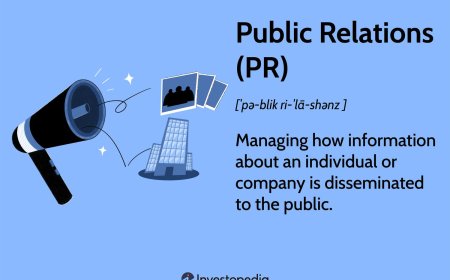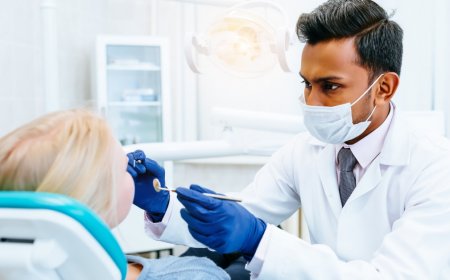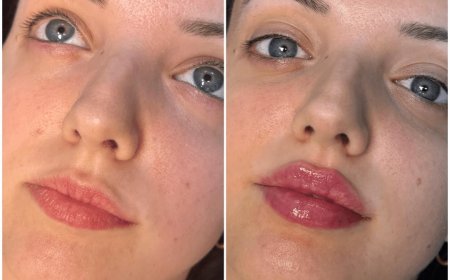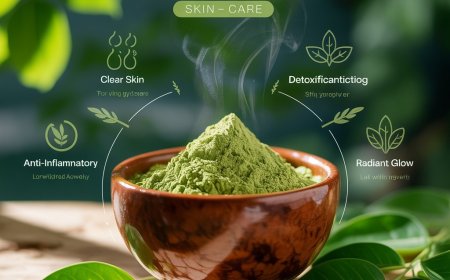What Happens During a Hygienist Appointment in Port Talbot?
Discover what happens during a hygienist appointment in Port Talbot. Learn how it helps prevent dental issues and when to see an emergency dentist.
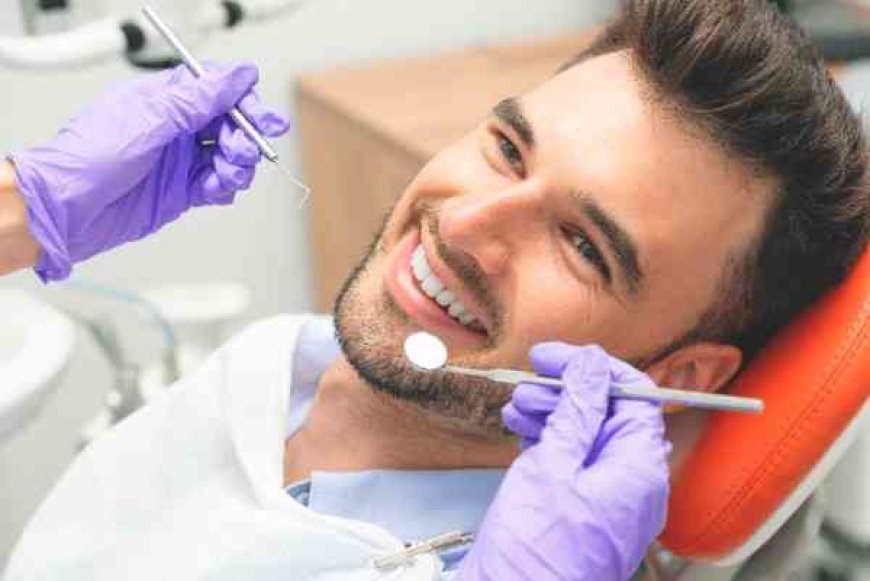
A bright, healthy smile doesn’t just happen by chance—it takes regular care and the right support. Visiting a hygienist in Port Talbot is one of the best ways to prevent dental issues before they start. Yet, if you’ve never been or it’s been a while, you might wonder what actually takes place during an appointment.
This guide walks you through the process step by step—what to expect, how to prepare, and why it’s such a crucial part of your oral health routine. Regular hygiene visits not only keep your teeth sparkling but may also help you avoid the need for an emergency dentist in Port Talbot later on. Let’s dive in.
Why See a Hygienist?
Hygienists are trained dental professionals who focus on:
-
Preventing gum disease
-
Removing plaque and tartar
-
Offering personalised oral hygiene advice
-
Monitoring signs of decay and early issues
While dentists focus on diagnosing and treating dental problems, hygienists in Port Talbot aim to stop them from happening in the first place. Think of them as your oral health coach.
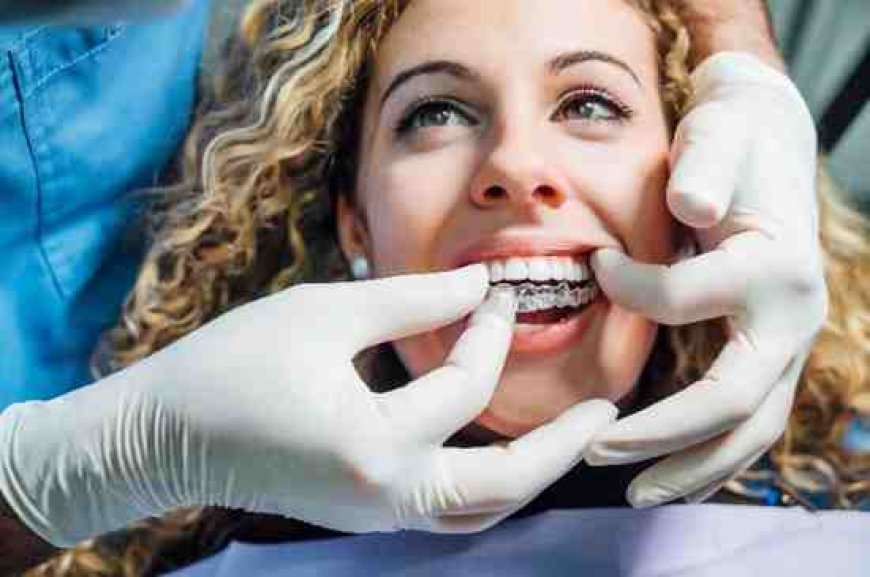
The Step-by-Step Hygienist Appointment Process
Here's what typically happens during a hygienist visit:
1. Initial Oral Health Check
Your hygienist will begin with a short review of your medical and dental history. They'll ask about:
-
Any pain, bleeding, or sensitivity
-
Medical conditions like diabetes or pregnancy
-
Smoking or alcohol consumption
-
Medications that may affect your mouth
2. Gum Health Assessment
Next, your hygienist will check the health of your gums by:
-
Measuring gum pockets (spaces between teeth and gums)
-
Looking for signs of gum inflammation or bleeding
-
Identifying early signs of gum disease
This part of the appointment is key to preventing the kind of issues that could land you in an emergency dentist in Port Talbot situation later down the line.
3. Professional Cleaning (Scale and Polish)
This is the part most people associate with a hygienist appointment.
What it involves:
|
Step |
What Happens |
|
Scaling |
Removal of plaque and tartar using manual or ultrasonic tools |
|
Polishing |
Teeth are polished to remove stains and smoothen surfaces |
|
Fluoride (optional) |
A fluoride gel may be applied to strengthen enamel and prevent decay |
You may feel some vibration or mild discomfort, especially if you haven’t had a clean in a while, but it’s quick and highly effective.
4. Tailored Oral Hygiene Advice
After cleaning, your hygienist will offer personalised tips for maintaining your oral health at home:
-
Brushing technique and toothbrush choice
-
Use of floss, interdental brushes, or water flossers
-
Advice on mouthwash, diet, and quitting smoking
5. Discussion and Next Steps
Before you leave, your hygienist may recommend:
-
Frequency of future hygiene visits
-
A check-up with the dentist if any concerns arise
-
Additional treatments like stain removal or deep cleaning
How Often Should You See a Hygienist?
While frequency varies depending on your needs, here’s a general guideline:
|
Risk Level |
Recommended Visits per Year |
|
Low (Healthy Gums) |
Once or Twice |
|
Moderate (Mild Issues) |
Two to Three |
|
High (Gum Disease/Smoker) |
Every 3–4 months |
Regular visits reduce the risk of needing treatment from an emergency dentist in Port Talbot later on.
Why You Shouldn’t Skip It
Skipping hygiene appointments isn’t just about missing a polish—it’s like ignoring the oil change on your car and expecting it to keep running smoothly. Here’s what can happen if you delay too long:
Potential Risks:
-
Gum disease (which can lead to tooth loss)
-
Bad breath (halitosis)
-
Plaque turning into hardened tartar
-
Early decay going unnoticed
-
Emergency toothache or infection
Hygienist vs Emergency Dentist: Know the Difference
While hygienists focus on prevention, an emergency dentist in Port Talbot handles sudden and painful issues. Here's a quick comparison:
|
Situation |
Who to See |
|
Bleeding gums |
Hygienist (early) or Dentist (advanced) |
|
Sudden tooth pain |
Emergency Dentist |
|
Routine cleaning and polish |
Hygienist |
|
Swelling or abscess |
Emergency Dentist |
|
Bad breath or stained teeth |
Hygienist |
Still unsure? If it hurts or bleeds unexpectedly, always start with your dentist. But if it’s about keeping things healthy, the hygienist in Port Talbot is your best friend.
Top Tips for Making the Most of Your Appointment
-
Arrive early: You may need to complete a short medical form.
-
Don’t brush right before: Let the hygienist assess your normal brushing results.
-
Be honest: Whether you’ve skipped flossing or smoke occasionally, your hygienist isn’t there to judge.
-
Ask questions: Want to know the best toothbrush or mouthwash? Ask away.
At-Home Care Between Appointments
Even the best hygienist visit won’t last forever if you don’t follow up with good daily habits. Here’s a reminder of what to do at home:
Daily Oral Health Routine
-
Brush twice daily for two minutes
-
Use fluoride toothpaste
-
Clean between teeth once a day (floss/interdental brush)
-
Rinse with alcohol-free mouthwash
-
Avoid frequent snacking or sugary drinks
What Should You Bring to a Hygienist Appointment in Port Talbot?
If it’s your first time seeing a hygienist in Port Talbot, a little prep can go a long way. While most clinics will have your records if you're a returning patient, here’s what you should consider bringing:
Checklist:
-
A list of current medications
-
Information about medical conditions (e.g. diabetes, pregnancy)
-
Details of any dental symptoms or concerns
-
Your dental insurance card or NHS exemption details
-
A previous dental history if you're new to the clinic
Being prepared means your hygienist can tailor the care you receive and spot links between general health and oral health more effectively.
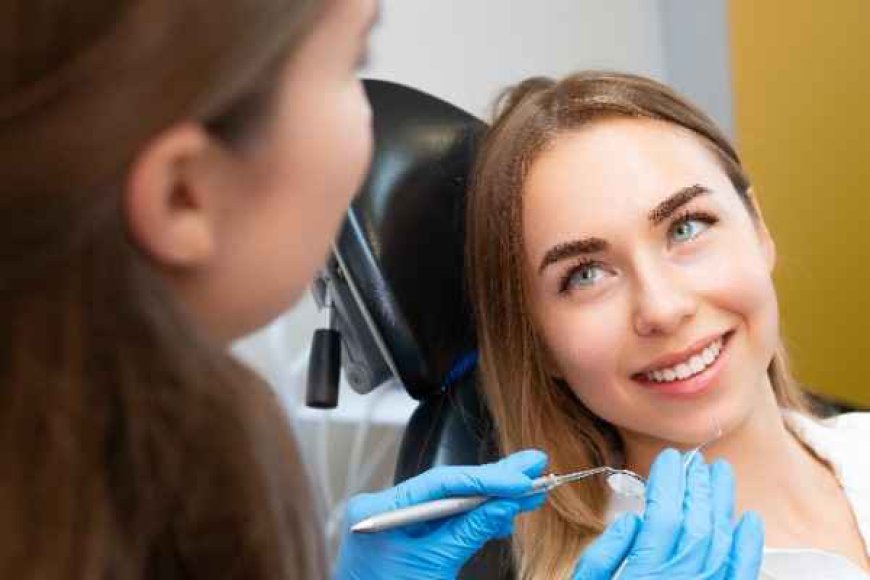
Can a Hygienist Spot Serious Issues Early?
Absolutely! One of the biggest benefits of routine visits to a hygienist in Port Talbot is early detection. While hygienists don’t perform fillings or extractions, they are trained to identify the early signs of:
-
Gum disease (gingivitis and periodontitis)
-
Enamel erosion or acid wear
-
Oral cancer indicators (unusual lumps or ulcers)
-
Hidden plaque build-up that can’t be seen with the naked eye
Catching these issues early often prevents the need for an emergency dentist in Port Talbot, which saves both time and money.
If your hygienist spots anything concerning, they’ll refer you to a dentist for further evaluation.
Conclusion: Prevention Is Simpler Than a Cure
A regular appointment with a hygienist in Port Talbot is more than a tooth polish—it’s your first line of defence against serious dental problems. Whether you want a fresher smile or to reduce your risk of needing an emergency dentist in Port Talbot, making time for a hygiene visit pays off in the long run. At EDA Group, we believe that oral health starts with good habits and great care. Let your hygienist help you stay ahead—because prevention is always better than an emergency.


